Average income per capita will reach 8,500 USD/year
After the country's reunification, Ho Chi Minh City's economy was still full of difficulties. In the period of 1976 - 1980, Ho Chi Minh City's GRDP growth only reached 2.18%/year, but then began to develop strongly. In particular, from 1991 - 2010, Ho Chi Minh City's economic growth reached an average double-digit rate, becoming one of the very few localities in the country to achieve a double-digit growth rate for a long time. The city's GRDP per capita increased from 700 USD in 1996 to 7,600 USD in 2024. According to the set target, by the end of this year, the city's average income per capita strives to reach 8,500 USD. Economic experts assess this as a challenging goal, but the city has the potential and opportunities to achieve it.
Dr. Nguyen Quang Thang, Director of the Ho Chi Minh City Institute of Economics and Management, said that if the income of up to 8,500 USD/year for the city's residents is achieved this year, it will be a great step forward compared to the period before 1975. Before 1975, Ho Chi Minh City (then Saigon) had a more developed economy than many other regions in the country, but the average income per capita, in terms of economic self-reliance, was still low compared to international standards. This strong growth reflects Ho Chi Minh City's continuous efforts to improve the economy and people's lives.
Ho Chi Minh City aims to become a super city, increasing people's income
PHOTO: MAI THANH HAI
"Some of the main reasons that helped Ho Chi Minh City achieve its goal of increasing per capita income are focusing on developing industries, services and high technology, gradually reducing its dependence on agriculture. Large infrastructure projects such as metro, highways and high-tech zones have created favorable conditions for economic development. At the same time, the city has attracted many large-scale foreign direct investment (FDI) projects, especially in the fields of high technology and value-added services. Ho Chi Minh City is an attractive destination for international investors thanks to its improved business environment and preferential policies," Mr. Thang analyzed.
In addition, the application of technology and digital transformation has improved labor productivity and economic efficiency. The city also has breakthrough solutions in the tourism sector, such as developing smart tourism and enhancing inter-regional cooperation. These policies not only help economic growth but also create a foundation for sustainable development in the future.
Towards the megacity
Dr. Do Thien Anh Tuan, Fulbright School of Public Policy and Management, analyzed: The merger of Ho Chi Minh City, Binh Duong and Ba Ria-Vung Tau to form a megacity in the new era is not only evaluated in terms of geographical expansion but more importantly, it creates new strategic opportunities for the city to make a strong breakthrough in growth rate and increase people's income, contributing and leading the country more. This merger helps connect and resonate the strengths of the three localities, including Ho Chi Minh City as a financial, technological and high-end service center; Binh Duong with modern and dynamic industrial production; Ba Ria-Vung Tau with advantages in oil and gas, seaports and international tourism. When combined, the economic scale and market appeal of the entire region will skyrocket, becoming a magnet for attracting FDI capital, multinational corporations, and global innovation initiatives.
One of the prominent positive impacts of the merger is a sharp reduction in logistics costs and an increase in intra-regional economic efficiency. When localities are no longer limited by separate administrative boundaries, the planning of transport infrastructure, seaport systems, airports, industrial parks and urban areas will be implemented in a synchronous and optimal manner.
Per capita income in Ho Chi Minh City has increased sharply after 50 years of national reunification.
PHOTO: INDEPENDENCE
At the same time, the new megacity will possess a large, diverse and high-quality workforce. In the digital age, the merged megacity also has the opportunity to make breakthroughs in technology and develop smart cities. With greater financial and human resources, Ho Chi Minh City can boost investment in innovation ecosystems, applying artificial intelligence technology, big data, automation and green, sustainable urban platforms.
An undeniable plus is the effective utilization of the international seaport and airport system. The seamless connection of Ho Chi Minh City with the Cai Mep - Thi Vai port cluster and Long Thanh airport in the near future will create a large-scale international logistics network, making Ho Chi Minh City a key transit and trade hub in Southeast Asia. Job opportunities in the fields of international trade, logistics services and international tourism will flourish, opening up more avenues for increasing income for urban residents.
Finally, the formation of megacities also reshapes the lifestyle and living standards of people. When infrastructure, services, education, health care, and entertainment standards are upgraded to international standards, people will live in a safer, more civilized, and more modern environment. This not only helps increase nominal income but also improves real income through reducing social costs and improving welfare.
However, to turn these advantages into growth drivers and increase people's income, it requires strategic efforts, the ability to take advantage of opportunities and the capacity to overcome huge challenges. Dr. Do Thien Anh Tuan emphasized that Ho Chi Minh City needs to focus on five key tasks. That is, building a unified regional development strategy with a global vision, as the foundation for all future development decisions. Second, investing heavily in transport infrastructure connecting the region and internationally. Third, establishing a smart, interconnected and effective urban governance model. Fourth, developing a knowledge-based economy, innovation and an international financial center. Fifth, ensuring an improvement in the quality of urban life.
Sharing the same view, Dr. Nguyen Quang Thang said that after the merger, with a larger scale, Ho Chi Minh City needs to apply a multi-center governance model to effectively allocate resources, reduce the load on the central area and ensure even development between regions. The city needs to develop a master plan, focusing on developing specialized areas such as industrial zones, seaport zones, ecological urban areas and high-end service areas. This helps optimize development space and minimize overlap. Promote the construction of a transport system connecting regions, including belt roads, seaports, airports and inter-regional metro lines. Synchronous infrastructure will facilitate trade and economic development.
The opportunity from merging three localities to form a megacity is huge, but it will not come naturally. Success requires a new way of thinking about regional governance, a comprehensive and flexible development strategy, and the initiative and creativity of both the government, the business community and the people. Only when overcoming internal and external challenges, can Ho Chi Minh City truly break through to become a global megacity, sustainably improving people's income and quality of life.
Dr. Do Thien Anh Tuan , Fulbright School of Public Policy and Management
Thanhnien.vn
Source: https://thanhnien.vn/tphcm-huong-den-sieu-do-thi-sieu-thu-nhap-185250428212731218.htm


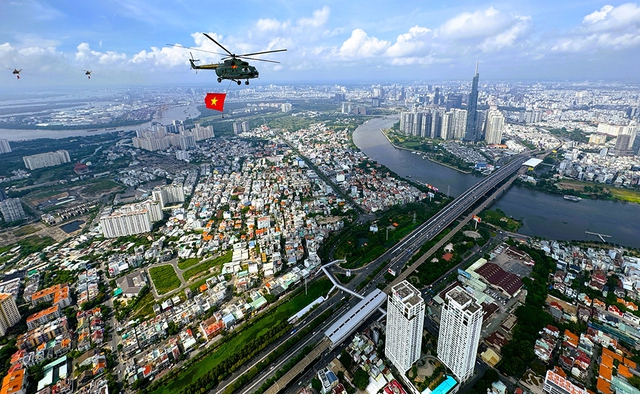
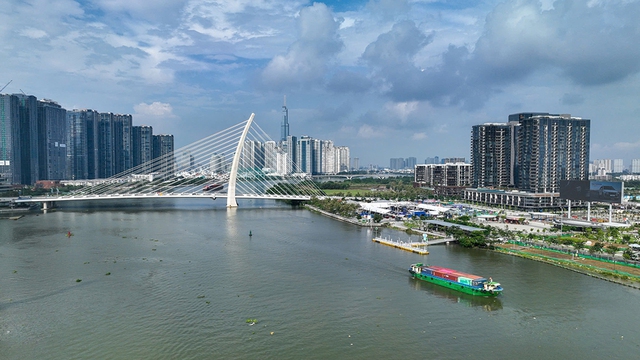
![[Photo] General Secretary attends special art program "Spring of Unification"](https://vphoto.vietnam.vn/thumb/1200x675/vietnam/resource/IMAGE/2025/4/29/e90c8902ae5c4958b79e26b20700a980)
![[Photo] Nghe An: Bustling atmosphere celebrating the 50th anniversary of Southern Liberation and National Reunification Day](https://vphoto.vietnam.vn/thumb/1200x675/vietnam/resource/IMAGE/2025/4/29/64f2981da7bb4b0eb1940aa64034e6a7)
![[Photo] Ho Chi Minh City: People are willing to stay up all night to watch the parade](https://vphoto.vietnam.vn/thumb/1200x675/vietnam/resource/IMAGE/2025/4/29/cf71fdfd4d814022ac35377a7f34dfd1)
![[Photo] Hanoi is brightly decorated to celebrate the 50th anniversary of National Reunification Day](https://vphoto.vietnam.vn/thumb/1200x675/vietnam/resource/IMAGE/2025/4/29/ad75eff9e4e14ac2af4e6636843a6b53)
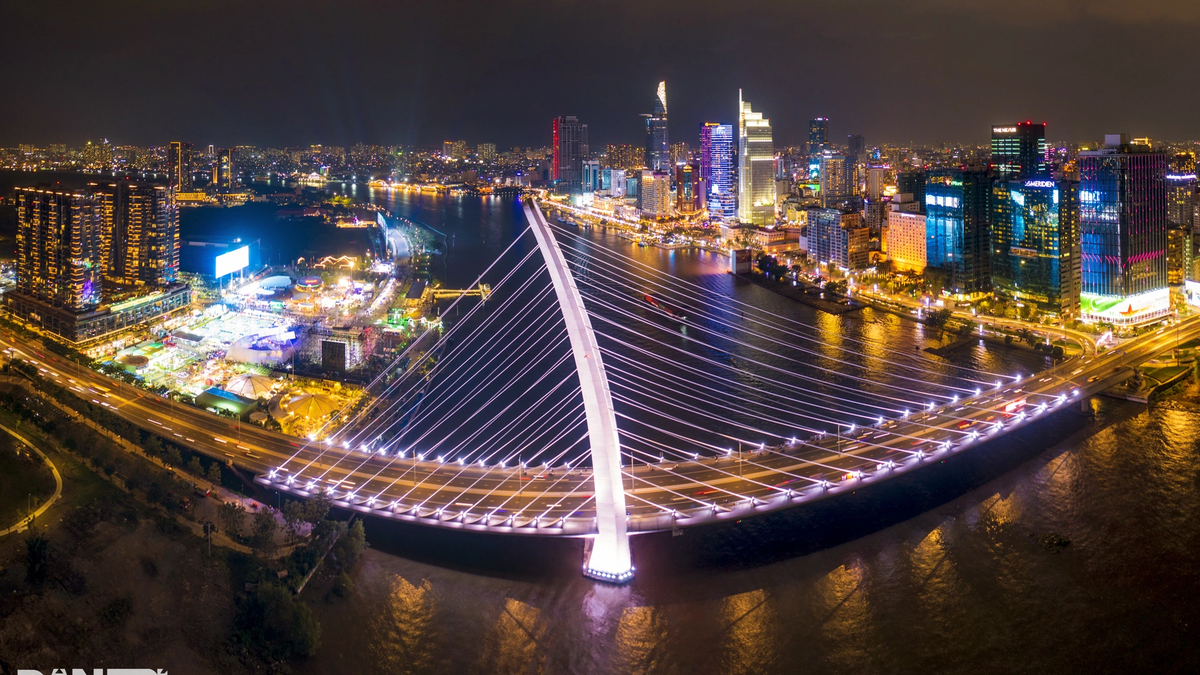
![[Photo] Ho Chi Minh City residents "stay up all night" waiting for the April 30th celebration](https://vphoto.vietnam.vn/thumb/1200x675/vietnam/resource/IMAGE/2025/4/30/560e44ae9dad47669cbc4415766deccf)



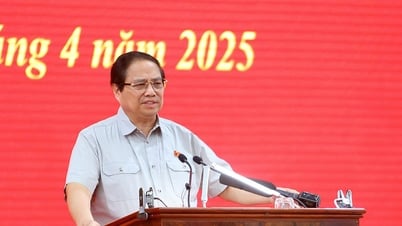

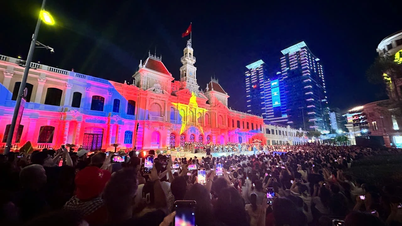
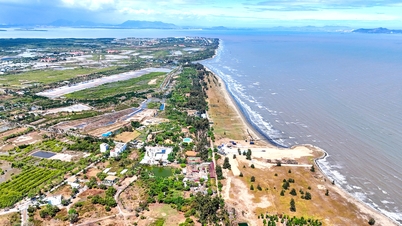




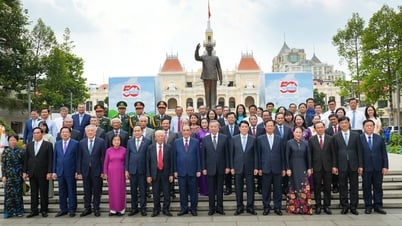







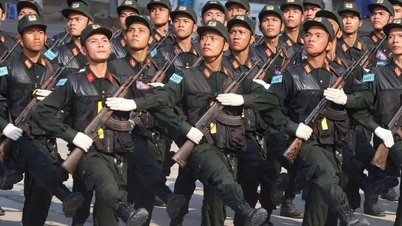

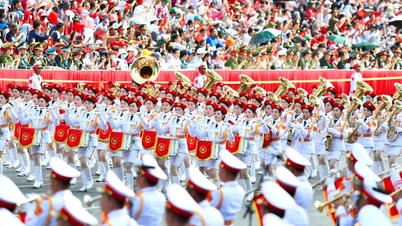

![[Photo] Prime Minister Pham Minh Chinh meets to prepare for negotiations with the United States](https://vphoto.vietnam.vn/thumb/1200x675/vietnam/resource/IMAGE/2025/4/29/76e3106b9a114f37a2905bc41df55f48)
![[Photo] People choose places to watch the parade from noon on April 29](https://vphoto.vietnam.vn/thumb/1200x675/vietnam/resource/IMAGE/2025/4/29/3f7525d7a7154d839ff9154db2ecbb1b)





























































Comment (0)